Why You Need Adapters:
Laboratory glass adapters, such as still heads, vacuum bend adapters, thermometer adapters, short path heads, bend adapters, reduction adapters, expansion adapters, and Claisen head adapters, are essential components in laboratory glassware setups, particularly for processes like distillation, reflux, and other chemical reactions. Each adapter serves a specific purpose to ensure efficient, safe, and precise experimental procedures. Below, I explain why these adapters are needed and their roles in laboratory work:
General Purpose of Glass Adapters
Glass adapters are used to connect various pieces of laboratory glassware (e.g., flasks, condensers, receivers) with different joint sizes or configurations, allowing for customization of setups. They enable:
Sealing and Compatibility: Connect glassware with different joint sizes (e.g., 24/40 to 14/20) or shapes.
Control of Reaction Conditions: Facilitate the introduction of gases, thermometers, or vacuum systems.
Safety and Efficiency: Ensure airtight seals for vacuum or inert gas environments and direct vapors or liquids appropriately during processes like distillation.
Specific Adapters and Their Purposes
Still Head (Distillation Head):
Purpose: Used in distillation setups to direct vapors from the heated flask into a condenser.
Why Needed: The still head has multiple ports to accommodate a thermometer (to monitor vapor temperature) and a condenser, ensuring proper separation of liquid mixtures based on boiling points. It simplifies the setup by combining these functions into one piece.
Example Use: In fractional distillation, it channels vapors into the condenser while allowing temperature monitoring.
Vacuum Bend Adapter:
Purpose: Connects a distillation or reaction setup to a vacuum pump to reduce pressure inside the system.
Why Needed: Lowering pressure reduces boiling points, enabling distillation of heat-sensitive compounds without decomposition. The bend design allows flexible positioning of the vacuum source.
Example Use: Vacuum distillation of high-boiling-point liquids like essential oils.
Thermometer Adapter:
Purpose: Holds a thermometer or probe securely in the glassware setup while maintaining an airtight seal.
Why Needed: Allows precise temperature monitoring of vapors or liquids during reactions or distillations without breaking the system's integrity (e.g., under vacuum or inert gas).
Example Use: Monitoring the temperature of vapors in a distillation setup to ensure accurate separation.
Short Path Head Distillation Tool:
Purpose: A compact distillation head designed for high-efficiency, small-scale distillations with minimal vapor path length.
Why Needed: Reduces the distance vapors travel, minimizing loss of material and improving yield for small quantities or high-value compounds. It often includes ports for a thermometer and condenser.
Example Use: Distilling small amounts of volatile or heat-sensitive compounds, such as in organic synthesis.
Bend Adapter:
Purpose: Connects glassware at an angle (e.g., 90° or 105°) to redirect vapor or liquid flow.
Why Needed: Provides flexibility in setup geometry, allowing components like condensers or receivers to be positioned conveniently without compromising the seal.
Example Use: Connecting a condenser at an angle to a receiving flask in a distillation setup.
Reduction Adapter:
Purpose: Connects glassware with a larger joint size to one with a smaller joint size (e.g., 24/40 to 14/20).
Why Needed: Allows compatibility between glassware pieces with different joint sizes, enabling the use of existing equipment in a single setup.
Example Use: Attaching a small-jointed condenser to a larger-jointed flask.
Expansion Adapter:
Purpose: Connects glassware with a smaller joint size to one with a larger joint size (e.g., 14/20 to 24/40).
Why Needed: The opposite of a reduction adapter, it ensures compatibility when a larger-jointed piece needs to be connected to a smaller one.
Example Use: Connecting a small-jointed flask to a larger-jointed condenser or other apparatus.
Claisen Head Adapter:
Purpose: A specialized adapter with two upward-facing ports, typically used in complex distillation or reaction setups.
Why Needed: Allows simultaneous connection of multiple components, such as a thermometer, addition funnel, or condenser, making it ideal for reactions requiring simultaneous addition of reagents and temperature monitoring.
Example Use: In organic synthesis, where a reagent is added dropwise via an addition funnel while distilling or refluxing.
Why These Adapters Are Essential
Modularity: Laboratory glassware is modular, and adapters allow for custom configurations to suit specific experiments.
Precision and Control: Adapters enable precise control over reaction conditions (e.g., temperature, pressure, or addition of reagents).
Safety: Airtight seals prevent leaks of hazardous chemicals or vapors, especially under vacuum or with volatile substances.
Versatility: Adapters make it possible to use a wide range of glassware, even if joint sizes or configurations differ.
Efficiency: Specialized adapters like short path heads or Claisen heads streamline processes, reducing material loss and setup complexity.
Practical Considerations
Material: Most adapters are made of borosilicate glass (e.g., Pyrex) for thermal and chemical resistance.
Joint Standards: Adapters typically use standard taper joints (e.g., 24/40, 14/20) to ensure compatibility.
Vacuum and Inert Gas: Many adapters are designed to maintain airtight seals for vacuum or inert gas environments, critical for sensitive reactions.







